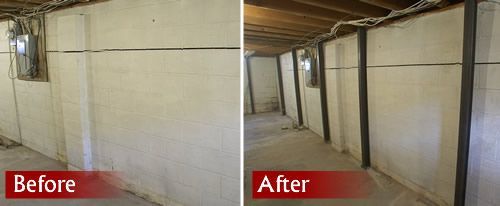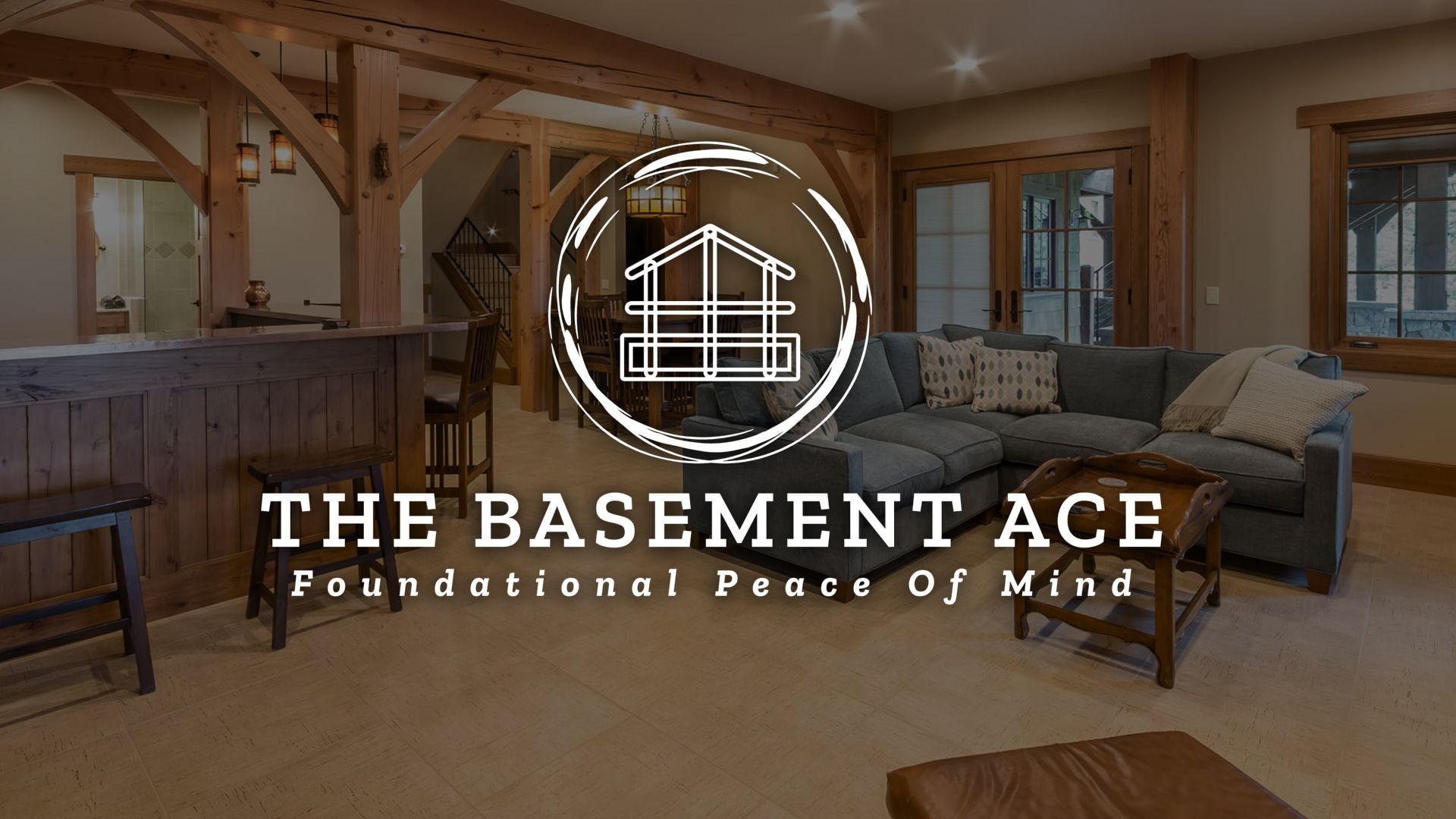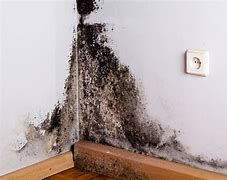Some Of The Most Effective Foundation Repair Solutions.

Top Structural Repairs to Maintain Your Home's Integrity
Identifying Structural Damage Early
- Signs that indicate a home needs structural repairs include foundation cracks and uneven floors.
- Factors that can lead to structural damage in a building include aging foundations, poor construction, design flaws, and lack of maintenance.
- Early detection of structural damage is crucial as it prevents escalating issues, reduces costs, and ensures safety.
- Weakness in floor joists may manifest as sagging or bouncy floors, indicating potential structural issues.
Common Structural Repairs Explained
- Foundation repairs are crucial for maintaining the structural integrity of a home.
- Common signs of foundation movement include sticking doors and windows as well as diagonal or widening cracks in walls.
- Helical piers are often used for deep stabilization of foundations affected by soil movement.
- Carbon fiber straps can reinforce shifting or bowing foundation walls, providing stability without major excavation.
- Wall braces are installed within the basement to prevent further movement of bowing walls, providing support rather than full restoration.
- Wall stabilization techniques like steel I-beams can support bowing walls caused by foundation pressure.
Foundation Repair Techniques
- Foundation repair techniques are essential to stabilize and support the foundation, addressing various structural issues.
- Foundation piering involves inserting steel helical piers to secure the foundation into stable soil layers.
- Wall anchors stabilize leaning basement walls by connecting an interior steel plate to an exterior anchor plate using a steel rod.
- Carbon fiber straps are applied to basement walls, providing flexible reinforcement against lateral forces without major structural alterations.
Reinforcing Floor Joists and Beams
- Bouncy or sagging floors can indicate deeper structural issues such as moisture damage or weakened support.
- Gaps between walls and floors often signal shifting foundations that require immediate attention.
- Musty odors in a home often point to moisture issues that can lead to mold growth, compromising structural integrity.
- Adding new lumber alongside weakened joists, a process known as sistering, enhances their strength and stability.
- Installing mid-span beams or walls can provide additional support to floor joists, improving their load-bearing capacity.
- Bridging joists with support blocks can help maintain their alignment and strength.
- The cost of reinforcing floor joists can vary widely, averaging between $2,500 and $5,000 depending on the extent of the damage.
Addressing Wall and Roof Issues
- Bowing or leaning walls can indicate foundation problems exacerbated by poor drainage or excess moisture.
- Epoxy injection is a method used to repair cracks in concrete by filling them with a high-strength resin, restoring structural integrity.
- Professionals commonly use wall bracing and slabjacking as part of wall repair techniques.
- Common roof structural repairs include truss reinforcement, collar tie installation, and ridge beam repairs.
- Improving ventilation and insulation in roofs can effectively manage moisture and prevent long-term structural issues.
- If roof condensation is not treated, it can lead to mold, rot, and structural damage.
- Moisture trapped between the roof and ceiling is often caused by inadequate ventilation, highlighting the need for moisture control.

Impact of Structural Repairs on Home Value
- Structural repairs are crucial for maintaining a home's safety and value, often requiring specialized knowledge.
- Proactive maintenance not only enhances safety but also can lead to better relationships with insurance providers.
- Ignoring foundation issues can significantly deter buyers and lead to prolonged market time.
- Homes with well-maintained foundations are more appealing to buyers and can command higher prices.
- Timely repairs of foundation issues can prevent further damage and preserve the home's market value.
- Foundation repairs can facilitate easier financing for potential buyers by meeting lender requirements.
- A stable foundation reassures potential buyers, increasing their confidence and willingness to pay a premium.
When to Hire Professionals
- Major structural repairs, such as foundation work, require professional help due to their complexity.
- Selecting a contractor involves checking their credentials, references, and warranty options to ensure quality work.
- Attempting significant structural repairs without proper knowledge can cause more damage, make it unsafe, and require insurance.
- Signs that indicate the need to consult a professional for structural damage include widening cracks, uneven floors, and doors that don't close properly.
- Homeowners should contact a professional structural repair service upon seeing signs of structural issues.

The Basement Ace: Your Partner in Foundation Repair
The Basement Ace specializes in foundation repair, stabilization, and waterproofing, offering a comprehensive range of services to protect your home. From foundation crack repair to sump pump systems and mold remediation, The Basement Ace combines innovative techniques with robust materials for long-term protection.
Their bespoke consultation process includes meticulous inspections with state-of-the-art technology to comprehend your home’s needs and provide custom solutions. Rely on The Basement Ace to reinforce your foundation and guarantee your home’s safety.
Contact Us for a Free Estimate
For a free estimate and professional support, contact The Basement Ace today. Their experienced team will provide permanent solutions for your bowed basement walls, ensuring your home’s stability and safety.
Summary
Understanding the causes and repair methods for bowing basement walls is crucial for maintaining the structural integrity of your home. From hydrostatic pressure and soil expansion to poor drainage systems, various factors can contribute to wall bowing. Effective repair methods like carbon fiber straps, wall anchors, steel I-beams, and helical tieback anchors can stabilize and secure your walls.
Preventive measures such as proper drainage systems, regular foundation inspections, and maintaining consistent soil moisture are essential to avoid future issues. Trust The Basement Ace for expert foundation repair and stabilization services to keep your home safe and secure.
Frequently Asked Questions
What are the signs that a foundation needs repair?
If you notice cracks in walls or flooring, sticking doors or windows, uneven floors, gaps around window frames, or water intrusion in the basement, these are signs that your foundation may need repair. Addressing these signs promptly can help prevent further damage.
What causes bowing basement walls?
Factors such as hydrostatic pressure, soil movement, inadequate drainage, foundation settling, tree roots, and construction quality issues can cause basement walls to bow inward.
How effective are carbon fiber straps for repairing bowing walls?
Carbon fiber straps are highly effective for stabilizing minor bowing walls, providing strong reinforcement and preventing further movement. They are minimally invasive and cost-effective, making them a great option for minor bowing issues.
Why is timely repair of bowing basement walls important?
Timely repair of bowing basement walls is important because it prevents significant structural damage, potential wall collapse, and increased repair costs. Addressing the issue early helps stabilize the structure and minimize repair intrusiveness.
What services does The Basement Ace offer?
The Basement Ace offers foundation repair, stabilization, waterproofing, sump pump systems, crawl space solutions, air quality control, and mold remediation services.


